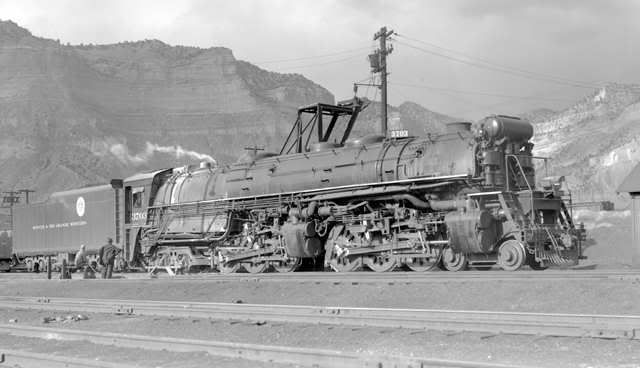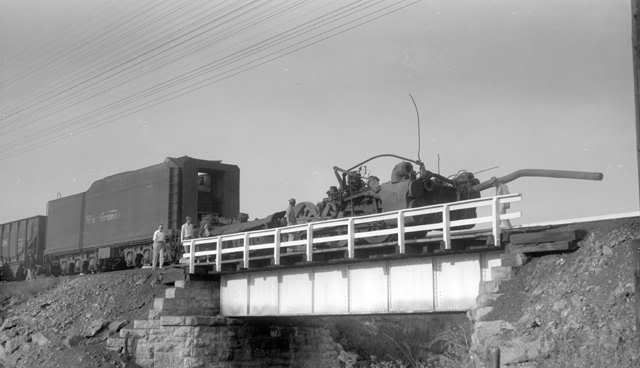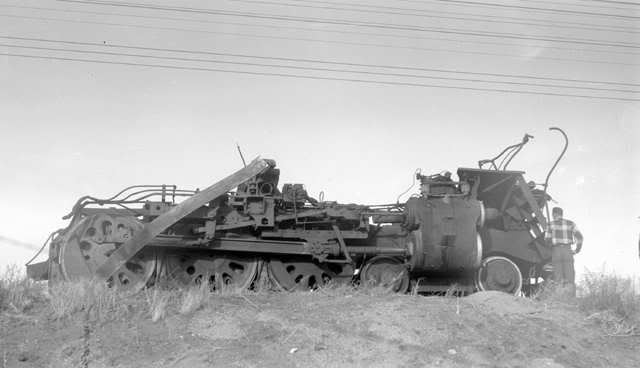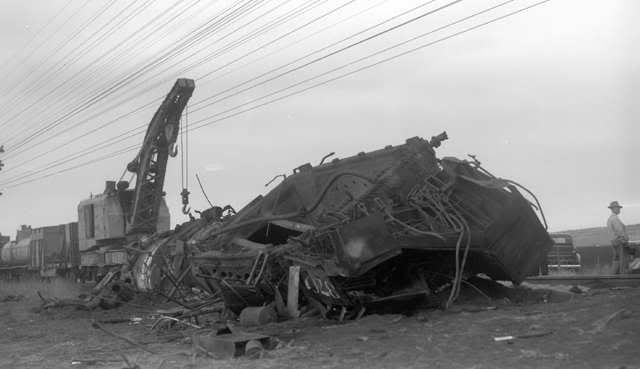Ragnarok wrote:600 tons is feasible for a locomotive. The heaviest I can think of, although bearing in mind, I am hardly an expert on US locomotives - is the Big Boy locomotives, which did weigh around 600 tons.
But thinking further, it does sound a little improbable (although by no means am I implying you are lying) that a fireless locomotive "exploding" would throw a loco that large 30 yards. Perhaps the story has grown a little in the telling.
judgment_arms wrote:This blast was caused by the fireman forgetting to fill the water tank before lunch, the water level dropped below the top of the firebox and the fire weakened it to the point of failing: KA-BOOOM!!!
Also sounds a little odd, given that usually if something went wrong like that, the copper firebox would fail before the steel boiler walls.
...Actually, I'm surprised I know/remember all that. Mind you, I used to be something of a steam engine nut, so it's not completely unexpected.
Fellow steam nut checking in here to clear up a few misconceptions/unclear things.
Yes Ragnarok, the Big Boy was one of the largest locomotives ever made. As far as I know, America made the biggest locomotives in the world by a long shot. However, it was not the heaviest ever made. That honor goes to the Allegheny type locomotives made for the Chesapeake and Ohio. They weighed between 754,000 and 775,000 pounds. The Matt H. Shay, an unsuccessful "triplex" locomotive (also the largest tank engine ever made in the sense that it had no tender) weighed over 853,000 pounds.
I kind of doubt that little porter would be able to level 2 acres and throw a large locomotive 30 yards. The story has likely seen a bit of embellishment, but steam is pretty powerful shit nonetheless.
As for the copper firebox failing, U.S. locomotive style boilers (to the best of my knowledge. There may have been one or two experiments I am unaware of) never had the stayless copper fireboxes of british boilers. In the case that Judgment_arms is describing, the boiler's crownsheet (top of the firebox) became exposed, due to the water level dropping far below the operating range. The fusible plug should have melted and extinguished the fire, but apparently it did not. Subsequently, the sheet overheated, got soft, and failed. It doesn't really matter that the shell, barrel, wagon top, or any outside part of the boiler didn't get damaged, the steam pressure is going to do some major damage regardless. Also, with the crownsheet gone, the boiler has just lost a major structural element. Because of this, it can fail completely. This is why any fireman worth two shits will be obsessive to the point of madness about making sure the boiler is always full to the proper level.
This is what happens when something major goes awry. This was a 4-6-6-4 Challenger type locomotive operated by Union Pacific















